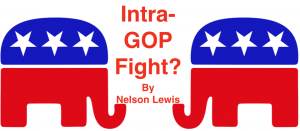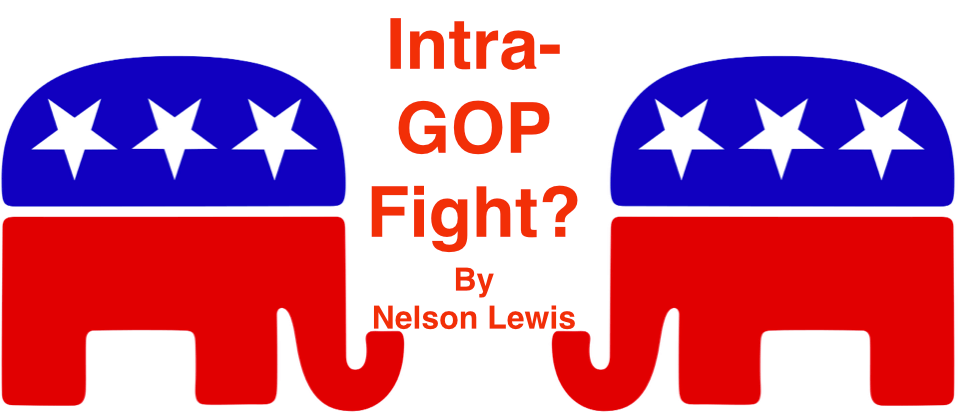 For the past six years, the tea party has disrupted Republican politics, much to the chagrin of the Republican establishment. Yet with the 2016 primary season over, the establishment has been going on the offensive, pushing hard against tea party-leaning candidates and setting the scene for a major intra-Republican fight during the next Congress. Various Republican donors and operators, loosely organized around several PACs, have decided this summer to adopt newly aggressive tactics against what they call “obstructionists”.
For the past six years, the tea party has disrupted Republican politics, much to the chagrin of the Republican establishment. Yet with the 2016 primary season over, the establishment has been going on the offensive, pushing hard against tea party-leaning candidates and setting the scene for a major intra-Republican fight during the next Congress. Various Republican donors and operators, loosely organized around several PACs, have decided this summer to adopt newly aggressive tactics against what they call “obstructionists”.
This past summer, the more low-profile candidates were astounded to watch as super PACs put hundreds of thousands into their primaries. The biggest goal has been to win specific primaries to send a broader message. While the establishment GOP has always been focused in competitive seats, there’s been more and more activity in “safe” seats. GOP strategist Brian O. Walsh compared it to a health problem: first you try to ignore it and see if it gets better, then you try meds, and now it’s being radiated. This message comes just a few months before a new Congress has to govern under a new president, and the establishment hopes to show that the 2018 primaries could be in trouble if conservative disruptors stand in the way of the establishment’s overall strategy.
In response, conservatives in the House have said that they’re “under siege”. This isn’t supposed to be a short-term strategy, but rather a long-term one, designed on changing the dynamic in DC. Various conservative PACs, such as Club for Growth, Right Way Initiative, ESAFund and Ending Spending, have been fighting each other to bring their preferred candidates to DC. The outcome has yet to be seen, although it will determine the future trajectory of the Republican Party, so watching how it folds out will be interesting to say the least.
If you’d like to learn more, you can click here!
